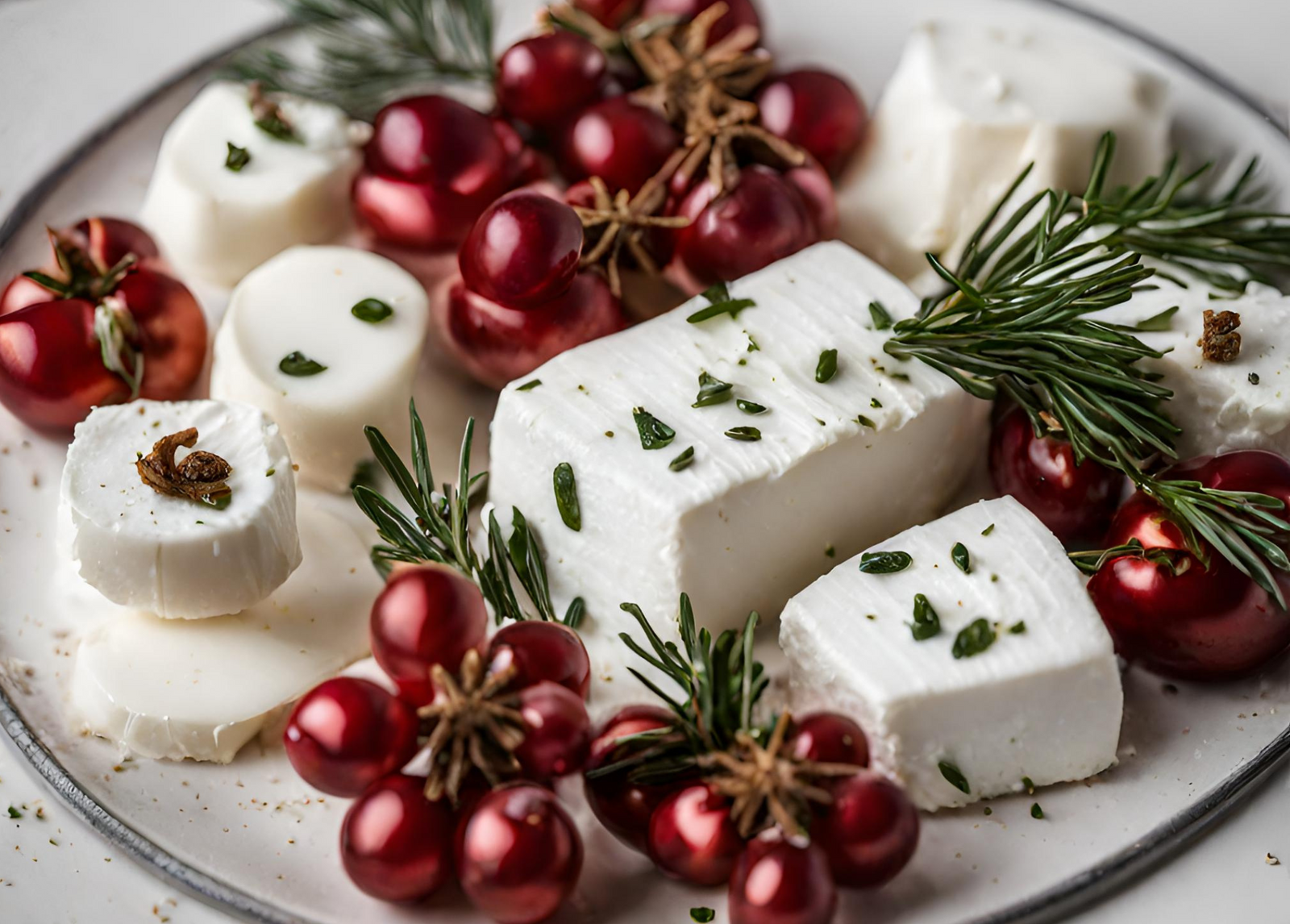Your Cart is Empty
HOLIDAY SALE ON NOW - GET AN AUTOMATIC 15% DISCOUNT ON CHECKOUT
HOLIDAY SALE ON NOW - GET AN AUTOMATIC 15% DISCOUNT ON CHECKOUT
HOLIDAY SALE ON NOW - GET AN AUTOMATIC 15% DISCOUNT ON CHECKOUT

June 17, 2023 2 min read
When you picture a cheese maker you may think of someone in a room filled with wheels of cheese covered in wax. But why does cheese come in a wheel? It’s been around since antiquity and its history is as unique and varied as the variety of cheeses that exist today. In this blog, we’ll explore the fascinating history of cheese wheels - from ancient times to modern day.
Cheese wheels have been around since ancient times. According to historians, cheese was first made some 8,000 years ago by nomadic tribes living in the Middle East who found it a convenient way to store milk for long distances. Back then, cheese was usually made in large round shapes before being cut into chunks or slices for easier transport, storage, and consumption.
In Medieval times, cheese wheels were often used as currency due to their value and portability. For example, travelers could take advantage of their weight and size when carrying goods over long distances - they would roll the cheese wheel from town to town. This also made an ideal form of payment for trades and transactions between towns. As trade routes expanded across Europe, so too did the popularity of cheese wheels; within just a few centuries they had become a staple in most households throughout Europe.
There was also a reason for the wheel when looking at the taste and aging of cheese. The wheel shape facilitates both as the consistent thickness encourages equal absorption as the surface flora spread; so the disk’s shape keeps the mold from focusing too much on one area. Another reason to make cheese in a wheel, at least historically, is pressure. For example, for traditional rind-covered cheddars, the dry salting method used in their production needs quite a bit of pressure to hold the curd together until it is able to stick on its own. The round molds provide extra strength in pressing, where rectangular molds of the same thickness, even stainless steel ones, tend to lose their shape and even split at the seams over time.
Today, cheese wheels are still popular but their appearance has changed significantly over time. Whereas once they were cut into large chunks or slices for easier transport and storage, now they are commonly wedged into smaller sections - making them perfect for sharing with friends or using as toppings on pizzas or salads! You can now find cheese in a block, wheel, cylinder, or even pyramid.
From ancient times to modern day, cheese wheels have remained an important part of culinary culture all over the world. Whether you’re looking for a delicious snack to share with friends or want something special - a cheese wheel can always be counted on!
Comments will be approved before showing up.

December 19, 2024 2 min read

December 05, 2024 2 min read
Sign up to get the latest on sales, new releases and more …